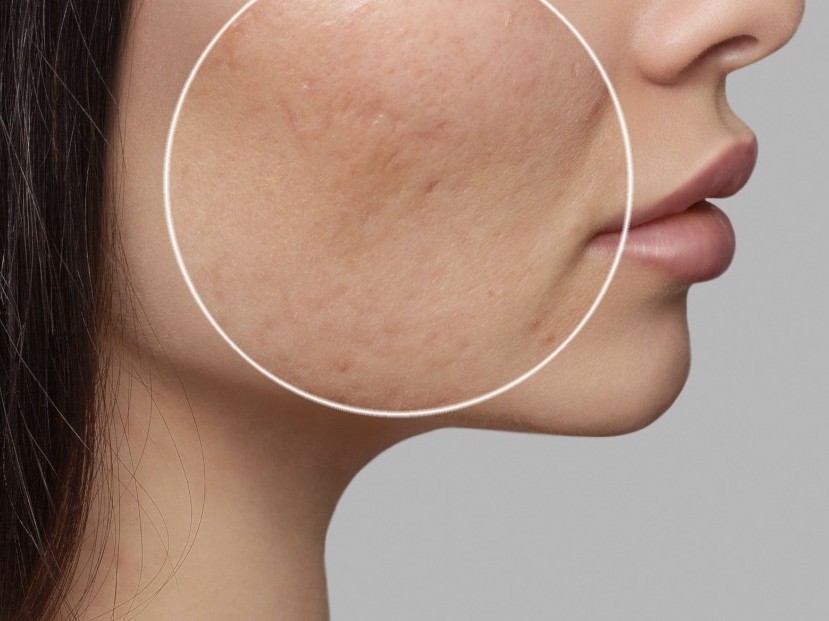Microneedling
Nature's Collagen Boost, Scientifically Amplified
- Stimulated collagen production
- Reduced appearance of scars and fine lines
- Enhanced skin texture and tone
Treatment overview
* Individual results may vary.
Microneedling
Microneedling is an evidence-backed procedure designed to harness the skin’s natural healing properties. By creating controlled micro-injuries, it encourages collagen and elastin production – nature’s toolkit for youthful skin.

Treatment benefits
The precision of the technique, combined with a deep understanding of skin physiology, ensures results that are both immediate and lasting. Beyond just aesthetics, the stimulated collagen production fortifies the skin's structure, promoting long-term health and resilience.
- Face
- Body
- Anti-wrinkle consultation
- Profhilo
- Dermal fillers
- PRP treatment
Frequently Asked
What is Microneedling?
Medical Microneedling is a treatment that constitutes a form of collagen induction therapy (CIT). It is also referred to as a non-ablative skin treatment. This means that the deeper parts of the skin are treated without removing the top layer of skin. It is designed to treat various skin conditions such as fine lines and wrinkles, light scarring from acne and sun damage and to improve skin colour and other skin texture changes.
How quickly will I see results?
It can take between 6- 8 weeks before visible signs of skin regeneration are seen but the process will continue to evolve over the ensuing months providing a gradual improvement. Although a single treatment can provide a noticeable result, ideally a series of 2-3 treatments spaced about 6-8 weeks apart, are recommended to achieve optimal results.
What areas can be treated?
Unlike ablative procedures which are mainly used for facial skin, medical microneedling can be used on all skin parts of the body (neck, décolleté, arms, leg) and face.
Does the procedure hurt and what is the recovery?
An anaesthetic cream is applied to the skin before treatment which makes the treatment comfortable. There is a sensation of pressure and dragging to the skin during the procedure and some areas may sting slightly whilst being treated but the procedure is well tolerated. Straight after the skin is red and can be bruised with occasional grazes. The redness settles after a few days. Between 3-5 days after the procedure the skin is likely to peel slightly.